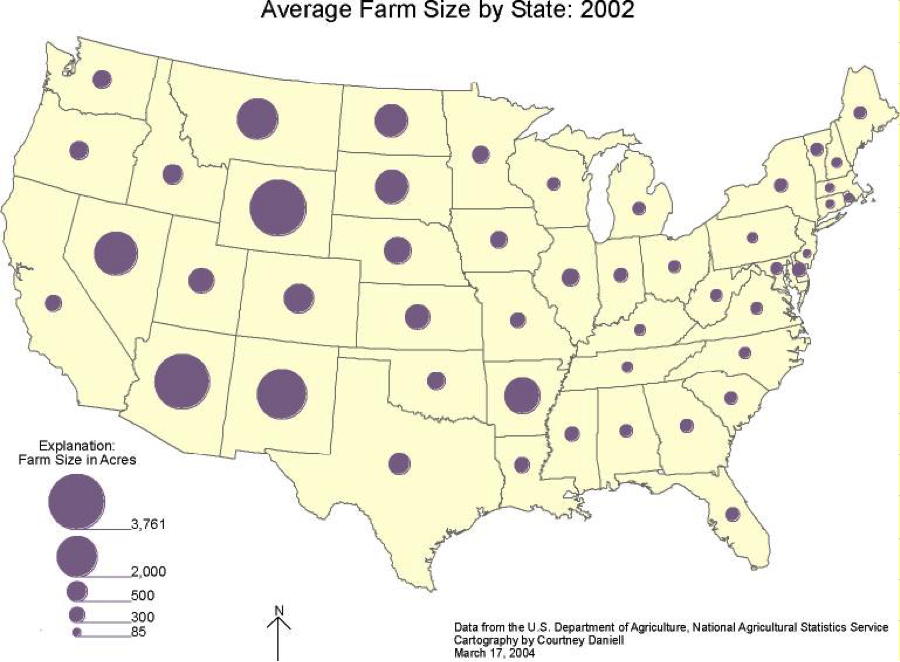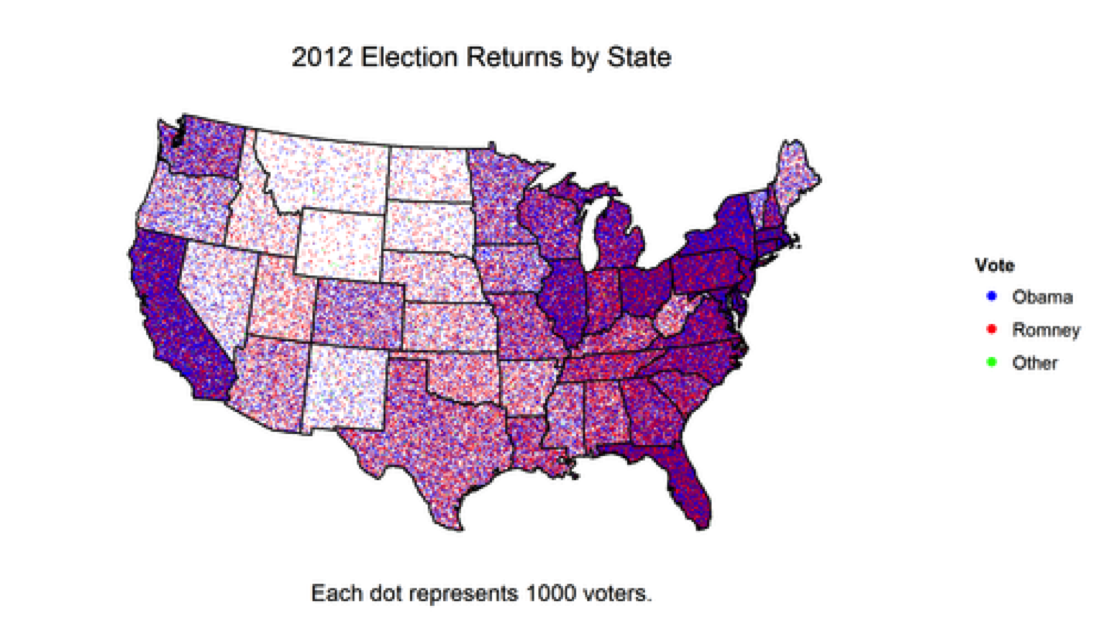Deep-sea hydrothermal vents are found
in geologically active areas of the ocean floor. These vents are formed when the ocean water
gets into the Earth’s crust, and magma heats the water. When the water is boiling it goes back up to
the surface all the while dissolving minerals and other types of rock. At the ocean floor again, the water is now
extremely dark. Eventually, the rim of
the vent will begin to look like a chimney.
The water that is expelled from these deep-sea hydrothermal vents is
greater than 360 degrees Fahrenheit.
Organisms that live near the vents obtain their food from the vents
through chemosynthesis. Riftia, or giant
tubeworms, are abundant in this environment.
These giant tubeworms are food for small shrimps and crabs. Clams also live here.
Tuesday, February 24, 2015
Mineral Identification
1) Pyrite
 Also called Fools Gold, pyrite is composed of iron
sulfide. It is an opaque mineral with a
metallic luster. It is a brittle mineral
that is formed in all types of environments.
Also called Fools Gold, pyrite is composed of iron
sulfide. It is an opaque mineral with a
metallic luster. It is a brittle mineral
that is formed in all types of environments.2) Gypsum
Gypsum is composed of hydrous calcium sulfate. Gypsum is usually found with no pieces broken
off of it. This mineral is known for its
flexibility, and it can also be transparent or opaque. Gypsum also has a vitreous to pearly luster.
A vitreous luster is reflective like glass.
Maps & Topography

1) Chloropleth map
 statistical surface.
statistical surface.
2) Isarithmic map
This kind of map will be used for continuous data, such as elevation and precipitation.
data, such as elevation and precipitation.
 data, such as elevation and precipitation.
data, such as elevation and precipitation.
3) Dot Density map
This kind of map will be used to show density differences across a landscape.
4) Proportional Symbol map
 This type of map scales the size of symbols proportionally to the
data value found at that location. In short, the larger the symbol, more of
whatever is being studied exists at that location.
This type of map scales the size of symbols proportionally to the
data value found at that location. In short, the larger the symbol, more of
whatever is being studied exists at that location.
Subscribe to:
Comments (Atom)






